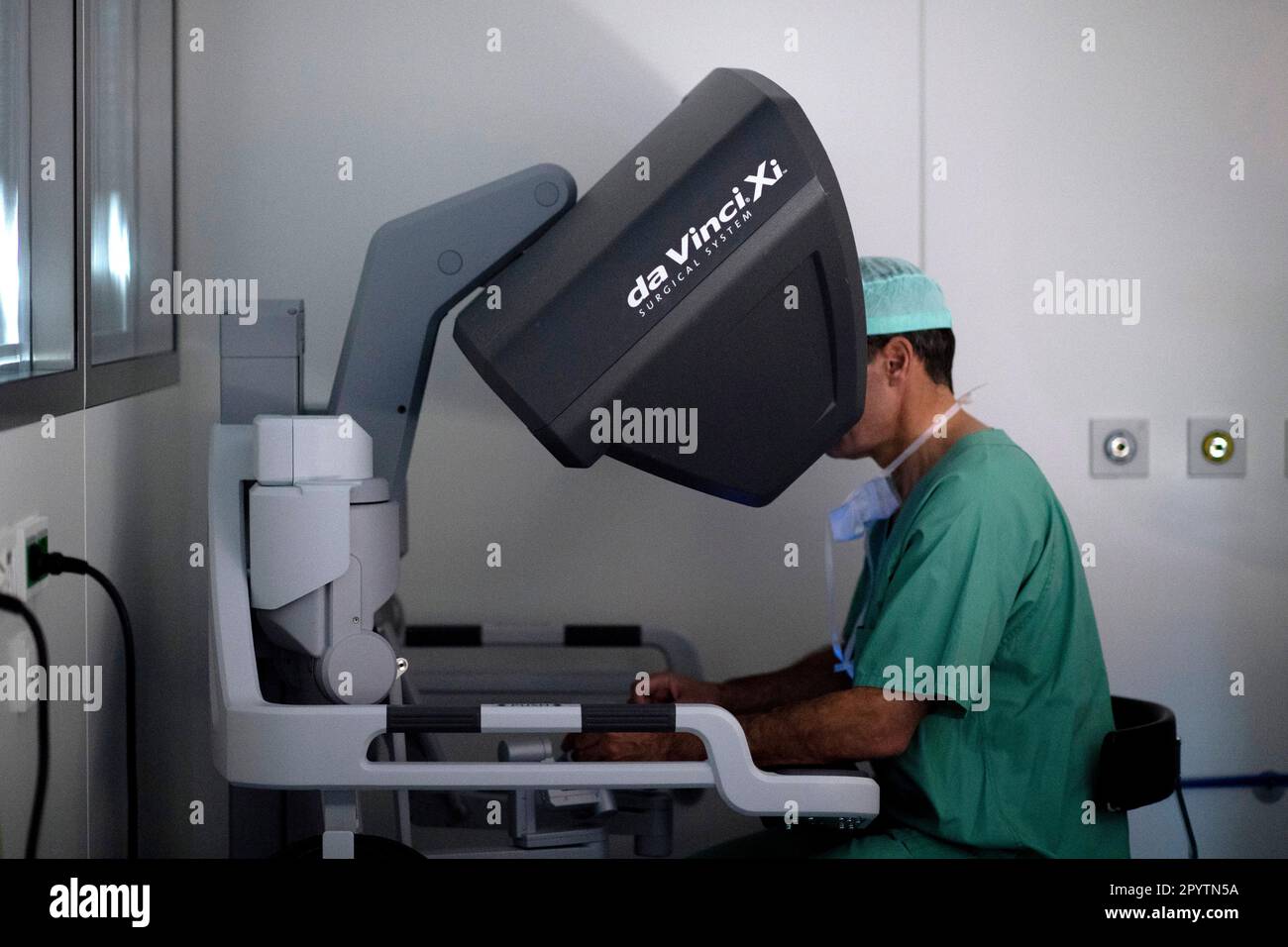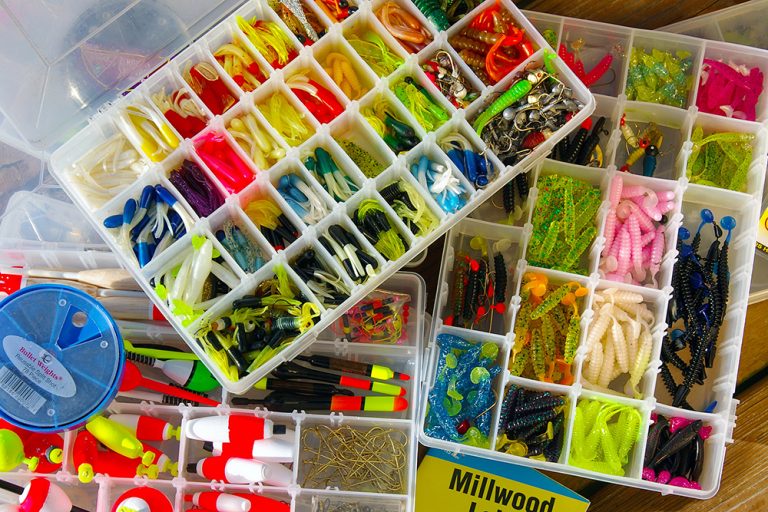Innovations in Doctors Knives for Minimally Invasive Surgery
Innovations in doctors knives for minimally invasive surgery have greatly improved surgical outcomes and patient experiences. These advancements include smaller and more precise blades, ergonomic handles for better control, and integrated imaging or sensing technologies for enhanced accuracy.
These innovations not only make surgeries less invasive, but also reduce the risk of complications and promote faster recovery times. With the use of these modern knives, surgeons can now perform complex procedures with greater precision and effectiveness, leading to improved patient outcomes.
The continuous advancements in doctors knives continue to revolutionize the field of minimally invasive surgery, offering new possibilities and advancements for the future.
**Advancements In Knife Materials**
Discover the latest advancements in knife materials for doctors performing minimally invasive surgeries. These innovations are revolutionizing the field and providing surgeons with the precision and durability needed for successful procedures.
Advancements In Knife Materials
Doctors knives used in minimally invasive surgeries have significantly evolved over the years, thanks to innovations in knife materials. These advancements have brought about improvements in strength, flexibility, precision, and durability, making surgical procedures more efficient and effective. Let’s explore some of the exciting innovations in knife materials for minimally invasive surgery:
Titanium Alloys For Improved Strength And Flexibility:
- Titanium alloys have revolutionized the field of surgical instrumentation, including doctors knives.
- Improved strength: These alloys offer exceptional strength-to-weight ratios, making them ideal for surgical applications. They can withstand the rigors of surgical procedures, ensuring stability and reliability.
- Enhanced flexibility: Titanium alloys exhibit impressive flexibility, allowing surgeons to maneuver the instruments with ease. This flexibility enables precise and controlled movements during delicate procedures, reducing the risk of tissue damage.
- Corrosion resistance: Another significant advantage of titanium alloys is their excellent corrosion resistance. This property ensures longevity and durability of the knives, reducing the need for frequent replacements.
Ceramic Blades For Enhanced Precision:
- Ceramic blades are gaining popularity in minimally invasive surgery due to their remarkable precision and sharpness.
- Exceptional hardness: Ceramics are known for their exceptional hardness, which allows for razor-sharp edges. This enhanced precision facilitates precise incisions and reduces tissue trauma.
- Chemical inertness: Ceramic blades are chemically inert, eliminating the risk of allergic reactions or unwanted chemical interactions with bodily fluids.
- Non-magnetic properties: The non-magnetic nature of ceramics is advantageous in surgeries involving magnetic resonance imaging (MRI). Doctors can use ceramic blades without hindrance during MRI-guided procedures.
Self-Sharpening Knives For Prolonged Use:
- Self-sharpening knives are a breakthrough innovation in the field of surgical instruments, ensuring consistent cutting efficiency over time.
- Prolonged sharpness: These knives incorporate special mechanisms that maintain their sharpness throughout extended use. As a result, surgeons can perform multiple procedures without the need for frequent blade replacements, increasing efficiency and reducing downtime.
- Enhanced safety: Self-sharpening knives offer a reduced risk of accidental slips and injuries caused by dull blades. The consistently sharp cutting edge ensures precise incisions, minimizing the potential for complications.
- Cost-effective: With self-sharpening knives, healthcare facilities can save on costs associated with blade replacements. The extended lifespan of these knives translates into significant cost savings over time.
The advancements in knife materials for minimally invasive surgery have revolutionized the field, introducing new levels of strength, flexibility, precision, and durability. The use of titanium alloys, ceramic blades, and self-sharpening knives has improved surgical outcomes and patient care. Surgeons can now perform complex procedures with confidence, knowing they have access to state-of-the-art instruments that optimize surgical performance.

Credit: www.alamy.com
**Design Innovations For Surgeon Comfort**
Introducing cutting-edge design innovations in doctors’ knives for minimally invasive surgery, enhancing comfort for surgeons during intricate procedures. These groundbreaking advancements prioritize surgeon ergonomics and precision, revolutionizing the field of minimally invasive surgery.
Design Innovations For Surgeon Comfort
Minimally invasive surgery has revolutionized the field of medicine, allowing surgeons to perform complex procedures with minimal disruption to the patient’s body. As advancements in technology continue to reshape surgical techniques, innovations in doctors’ knives have played a crucial role in enhancing surgical precision and efficiency.
Notably, design enhancements have also been made to prioritize surgeon comfort during these intricate procedures. Let’s explore some of the key design innovations that aim to reduce hand fatigue, enhance maneuverability, and improve grip during surgery.
Ergonomic Handle Designs For Reduced Hand Fatigue:
- Curved handles: Knives with curved handles are designed to conform to the natural shape of a surgeon’s hand, reducing strain and fatigue during surgery.
- Non-slip grips: Handles with non-slip materials, such as silicone or textured rubber, provide a secure grip and minimize the risk of accidental slips or drops, thereby reducing hand fatigue.
- Adjustable handles: Some knives feature adjustable handles that allow surgeons to customize the grip to their individual preferences, helping prevent discomfort and hand fatigue.
Weight-Balanced Knives For Enhanced Maneuverability:
- Redistribution of weight: Innovations in knife design have focused on redistributing the weight along the handle to achieve better balance, ensuring ease of maneuverability and enhancing surgeon control during delicate procedures.
- Lightweight materials: The use of lightweight materials, like carbon fiber or titanium alloy, not only reduces overall knife weight but also enhances maneuverability and precision, enabling surgeons to perform intricate movements with minimal effort.
- Ergonomic blade shapes: Blades with ergonomic shapes, such as tapered or angled designs, contribute to improved maneuverability by reducing resistance and allowing for precise cuts without excess pressure.
Anti-Slip Coatings For Improved Grip During Surgery:
- Hydrophilic coatings: These coatings have hydrophilic properties that enable better moisture absorption, thus ensuring a superior grip even in demanding surgical conditions where tissue fluids can compromise dexterity.
- Microtextured surfaces: Knives with microtextured surfaces offer enhanced grip and control during surgery, minimizing the risk of slippage and accidents.
- Antibacterial coatings: Some knives are coated with antibacterial agents to maintain a sterile environment while also ensuring a secure grip, reducing the need for frequent hand readjustments during surgery.
The continuous evolution of doctors’ knives showcases the commitment to addressing surgeon comfort during minimally invasive surgery. By incorporating ergonomic handle designs, weight-balanced construction, and anti-slip coatings, these design innovations not only improve surgeon performance but also enhance patient safety outcomes, making minimally invasive procedures more efficient and precise.
**Cutting-Edge Technology In Surgical Knives**
The field of minimally invasive surgery is witnessing cutting-edge technology in surgical knives, with innovative designs and features that enable precise and efficient procedures. These advancements in doctors’ knives are revolutionizing the way surgeries are performed, providing enhanced accuracy and patient outcomes.
Cutting-Edge Technology In Surgical Knives
Advancements in medical technology have revolutionized the field of surgery, particularly when it comes to minimally invasive procedures. Surgical knives, an essential tool for surgeons, have also undergone significant innovations to meet the demands of precision and control required in these procedures.
In this blog post section, we will explore the cutting-edge technology in surgical knives that are shaping the future of minimally invasive surgery.
Laser-Guided Knives For Precise Incisions:
- Laser guidance technology facilitates precise incisions during surgical procedures.
- Using a laser beam as a guide, surgeons can achieve more accurate cuts, reducing the risk of complications.
- The laser-guided knives offer real-time feedback on the depth and angle of the incision, enabling surgeons to make precise adjustments.
- This technology is particularly advantageous in delicate surgeries where precision is crucial, such as neurosurgery or ophthalmic procedures.
Electric Knives For Increased Precision And Control:
- Electric knives, equipped with specialized blades, offer enhanced precision and control during surgeries.
- These knives utilize electrical current to generate high-frequency vibrations, allowing for clean and precise incisions.
- Surgeons can adjust the power and speed of the electric knives, tailoring them to the specific requirements of each procedure.
- The vibration technology reduces tissue trauma, leading to faster healing and a reduced risk of complications.
- Electric knives are now widely used in various surgical specialties, including laparoscopic and orthopedic surgeries.
Knives With Built-In Cameras For Real-Time Visualization:
- Surgical knives with built-in cameras provide real-time visualization during procedures.
- These cameras are typically positioned near the blade, allowing surgeons to see the target area without obstructing their view.
- The real-time visualization greatly improves the accuracy and efficiency of surgeries, as surgeons can precisely position the knife and assess tissue conditions.
- Built-in cameras also aid in documenting the procedure, providing valuable insights for future analysis and training purposes.
- With this technology, surgeons can achieve better outcomes while ensuring a safe and minimally invasive approach.
Innovations in surgical knives continue to transform the landscape of minimally invasive surgery. Laser-guided knives, electric knives, and knives with built-in cameras offer unprecedented precision, control, and visualization to surgeons. With these advancements, patients can expect safer surgeries, faster recovery times, and superior surgical outcomes.
Frequently Asked Questions Of Innovations In Doctors Knives For Minimally Invasive Surgery
What Are The New Technologies Used In Surgery?
In surgery, new technologies like robotic assistance, augmented reality, and 3D printing are being used.
What Is Telesurgery System?
Telesurgery system is a technology that allows surgeons to perform operations remotely using robotic instruments.
How Has Technology Impacted Surgeons?
Technology has greatly impacted surgeons by improving surgical precision and efficiency, enabling advanced minimally invasive procedures.
What Is The Future Of Ai In Surgery?
AI in surgery is rapidly advancing and holds immense potential for the future. It improves precision, reduces errors, and enhances outcomes for patients.
Conclusion
The advancements in doctor’s knives for minimally invasive surgeries have revolutionized the medical field. These innovative tools have significantly improved patient outcomes by reducing pain, scarring, and recovery time. Surgeons now have access to a variety of specialized instruments, such as robotic-assisted surgical systems, precision scalpels, and microsurgical instruments, that allow for more precise and efficient procedures.
Additionally, the integration of advanced imaging technology enables surgeons to visualize internal structures with greater accuracy, further enhancing the success rates of minimally invasive surgeries. As a result, patients can experience quicker recovery times, reduced risks of complications, and a higher quality of life post-surgery.
The continuous advancements in these doctors’ knives highlight the commitment of medical professionals and researchers to provide the best possible care for patients undergoing minimally invasive procedures, ensuring better health outcomes for all.






